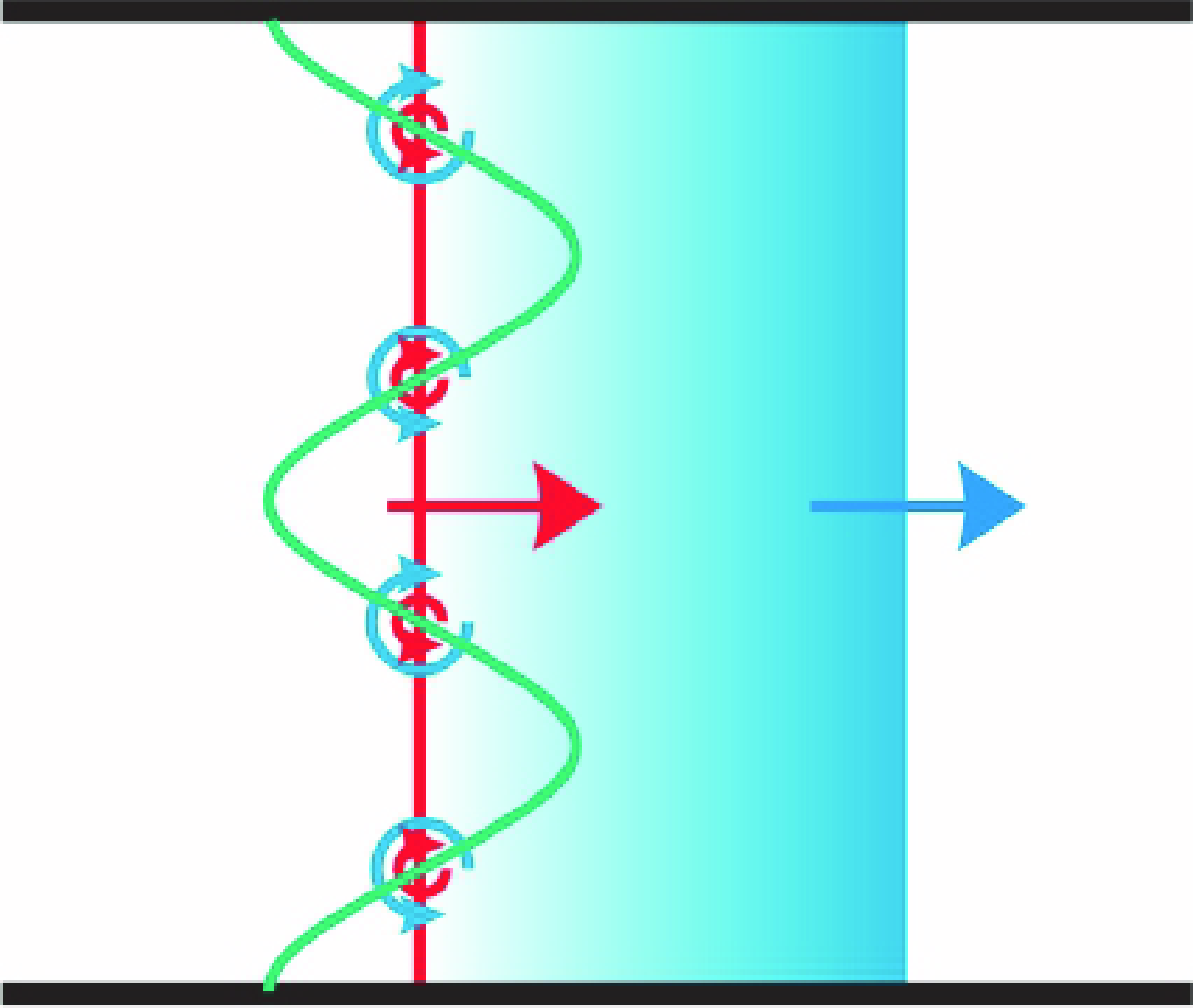Article contents
Manipulation of single-mode perturbation growth driven by co-directional rarefaction and shock waves
Published online by Cambridge University Press: 18 July 2025
Abstract

Rayleigh–Taylor (RT) stability occurs when a single-mode light/heavy interface is accelerated by rarefaction waves, exhibiting a sustained oscillation in perturbation amplitude. If the perturbation is accelerated again by a shock propagating in the same direction as the rarefaction waves, the interface evolution will shift from RT stability to Richtmyer–Meshkov (RM) instability. Depending upon the interface state when the shock arrives, the perturbation growth can be actively manipulated through controlling the magnitudes of vorticity deposited by rarefaction and shock waves. The present work first theoretically analyses the 12 different growth possibilities of a light/heavy interface accelerated by co-directional rarefaction and shock waves. A theoretical model is established by combining the RT growth rate with the RM growth rate, providing the conditions for the different possibilities of the perturbation growth. Based on the model, extensive experiments are designed and conducted in the specially designed rarefaction-shock tube. By precisely controlling the shock arrival time at the interface, the different growth possibilities, including promotion, reduction and freeze-out, are realised in experiments. This work verifies the feasibility of manipulating the light/heavy perturbation via co-directional rarefaction and shock waves, which sheds light on control of hydrodynamic instabilities in practical applications.
JFM classification
Information
- Type
- JFM Papers
- Information
- Copyright
- © The Author(s), 2025. Published by Cambridge University Press
References
- 1
- Cited by


